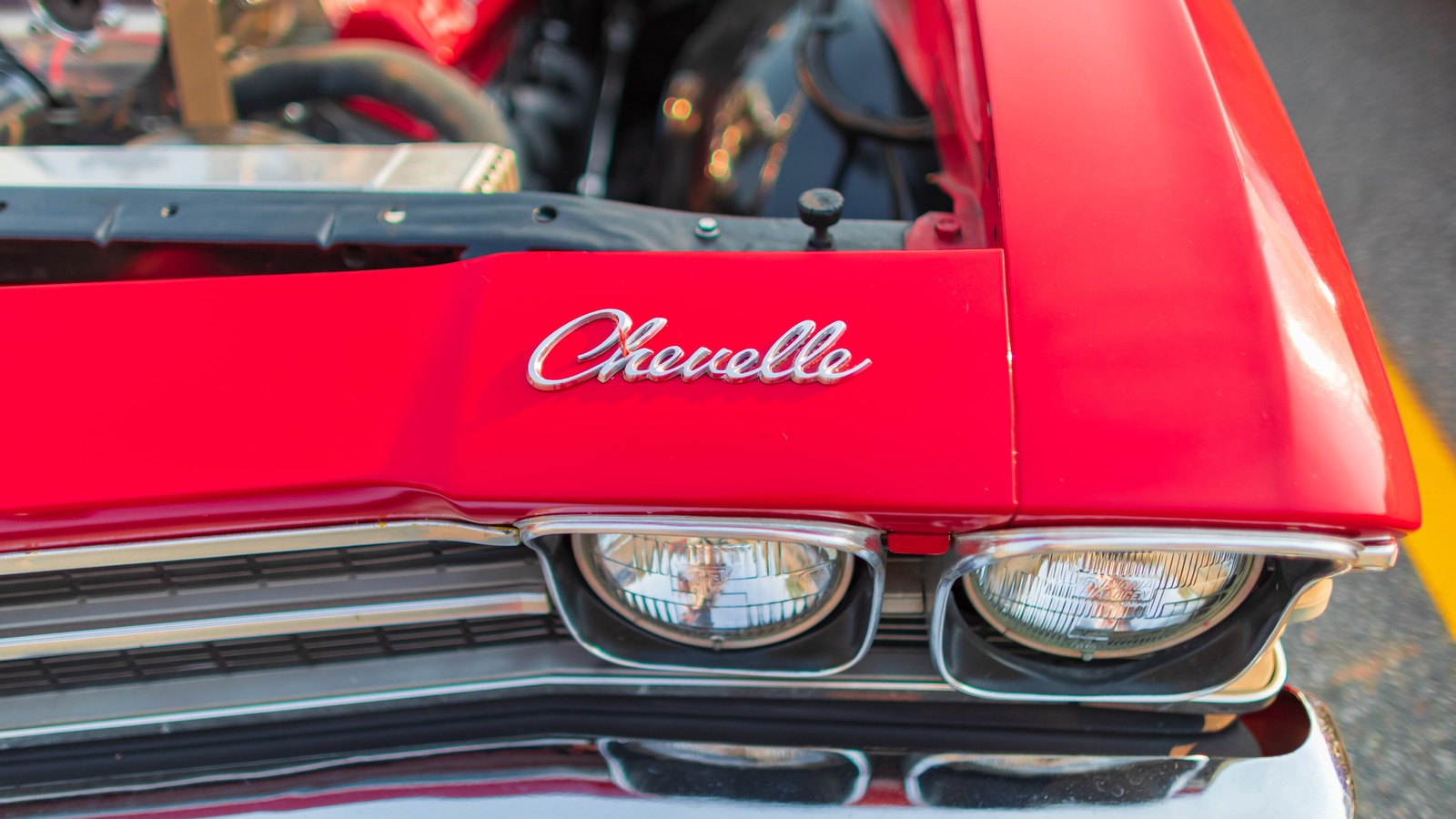
For model year 1968, the Chevelle got a new look. The most marked difference in appearance can be attributed to the banishment of the straight rear fenders and long, flat rear deck. Designers installed curved rear haunches and a fastback-style trunk. The car looked like it was in motion, even parked, and the sleek look hit with consumers.
The Chevelle is most closely associated with classic muscle, but the truth is the second generation was surprisingly versatile. From 1968-1972, Chevrolet offered several body styles, including sedans, coupes, station wagons, and convertibles. Across the line, consumers had a choice of 10 engine options, including two six-cylinder and eight eight-cylinder engines.
Many aficionados consider the second-generation Chevelle the high-water mark for the nameplate. It’s what comes to mind when most people think of a Chevelle, and it’s not unusual to see the 1970 Chevelle SS LS6 acclaimed as one of the most desirable muscle cars ever. In 1968, at the height of the muscle craze, Chevrolet built nearly 384,000 Chevelles, with a further 455,000 following for 1969 and over 634,000 for 1970 before dipping to 387,000 for 1971. Numbers for 1972 are difficult to ascertain because Chevrolet included Monte Carlo production in their reporting.
The second-generation Chevelle swept onto the market and into the daydreams of young drivers with gasoline in their veins. It was modern, powerful, and poised for the height of muscle mania.

